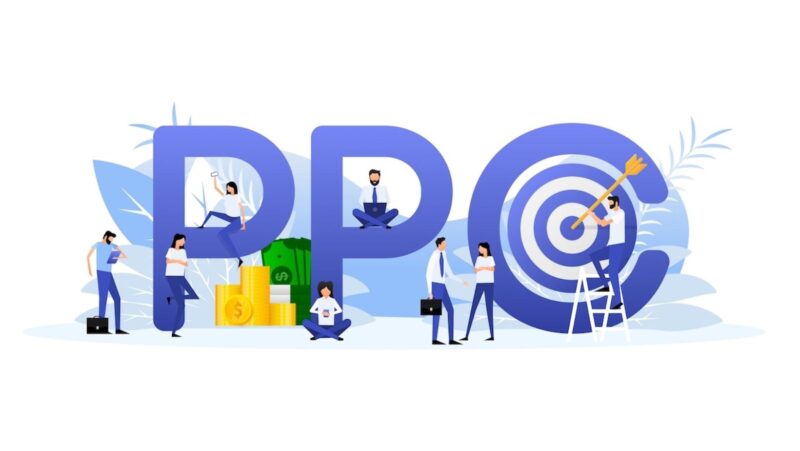
The digital revolution is well underway, with companies across industries leveraging tools to boost their productivity, drive creativity, and stay ahead in the market. More than 90% of businesses are digitalizing their processes to ensure their growth and sustainability. And that’s just the beginning. The digital transformation sector is expected to get bigger, with global investments projected to surpass $3.4 trillion by 2026.
Whether you’re a company leader, an IT professional, or just someone who wants to keep ahead of the curve, you must be aware of the most recent digital transformation trends. In this post, we’ll take a deeper look at the key trends that will affect the business landscape between 2024 and beyond. So keep reading, be inspired, and turn to a digital transformation solutions company for help.
Automation and No-Code
Although companies have already started to employ automation in response to digital transformation trends, Mulesoft forecasts that the technology will be widely adopted in the next years. The goal is to enable business executives to produce better results with fewer resources. Corporate instability caused by soaring inflation, increasing energy costs, tighter labor markets, and geopolitical unrest will finally help them drive efficient growth, increase productivity, and generate cost savings.
Based on a study by Deloitte, over half of businesses have implemented robotic process automation (RPA). Gartner predicts that hyper-automation will lead to a 30% decrease in expenses by 2024. At the same time, the hyper-automation software sector is projected to reach $860 billion by 2025.
Introducing automation into your business is considered one of the key trends in digital transformation. Obviously, there are many good reasons for that. But in order to get the max out of it, there are several simple and cost-effective ways to start with:
- Robotic process automation (RPA) — Employ software robots to automate repetitive tasks — be it data entry, onboarding, or payroll processing.
- No-code — Provide teams with access to No-Code development tools that automate code creation using user-friendly drag-and-drop and pull-down interfaces.
Regardless of the strategy you use, the bulk of automation projects can simply support AI operations.
Consider how these two digital transformation trends may complement one another to provide more intelligent and effective automation for your company. You can also learn here about the top 5 unobvious ways to use AI in your business.
Composable Business
Many companies struggle to adapt swiftly to shifting market needs due to antiquated technology and data silos. However, Mulesoft expects that this problem will be resolved in 2024 as more companies embrace a composable enterprise approach. This method will enable teams to make flexible use of their current resources and competencies, enabling efficient growth and the development of customer loyalty. According to Gartner, being a composable organization will be a strategic goal for 60% of mainstream businesses. Those who follow this approach will build new features 80% quicker than their competitors.
Everything as a Service (XaaS)
Make space for the sophisticated cloud. This well-known digital transformation technology trend is predicted to emerge in new and surprising ways in the next year. Although accessing data via a digital hub is a common thing today, many organizations are increasingly turning to the cloud to access information whenever and wherever they need it. On an enterprise level, adopting technology makes collaboration second nature while reducing physical gear expenditures.
Furthermore, cloud-native apps may grow more readily and generate better outcomes for organizations because of widespread user adoption.
In response to a rising demand for such services, many organizations are adopting the “Everything as a Service” (XaaS) trend. It makes all the company’s products available as cloud-based subscriptions.
Let’s Wrap up
The digital transformation trends of 2024 are expected to make huge changes to how organizations and people engage with technology. From No-Code tools and composable business to XaaS, the digital transformation shows the path technology will go in 2024. The changes may also be witnessed at digital transformation conferences. With these developments, businesses may expect to simplify processes, increase productivity, and improve client experiences. However, these tendencies must be approached with caution and consideration for the ethical concerns they may bring.














